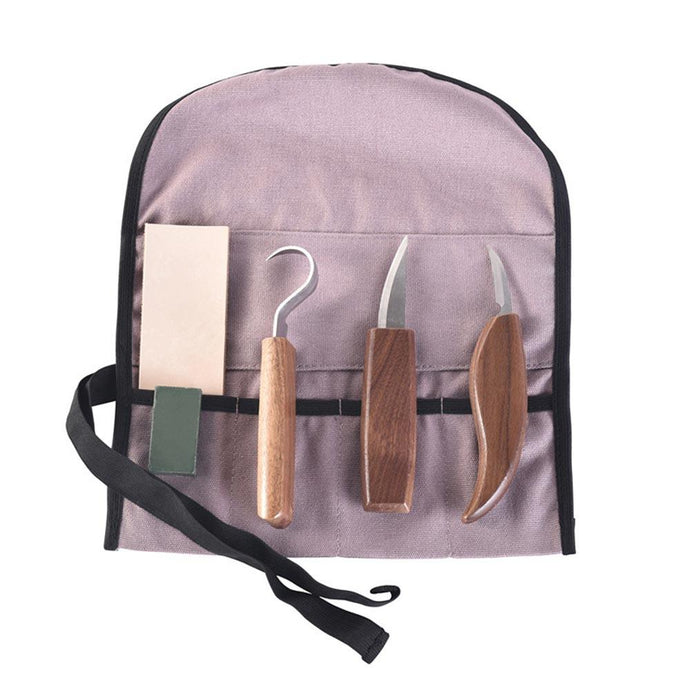Crafting Elegance: The Art and Science of Basswood Carving
In the world of carving, few materials rival the versatility and charm of basswood. This unassuming timber, with its smooth grain and lightweight qualities, has captivated artisans for centuries. Ideal for both novice and seasoned carvers, basswood offers a unique blend of characteristics that make it a preferred choice for creating intricate designs and finely detailed sculptures.
Basswood, known scientifically as Tilia americana, is a deciduous tree that thrives in the temperate regions of North America. Its wood is pale, almost creamy in color, which provides a beautiful backdrop for a variety of carving techniques. This light hue not only showcases the sculptor's work with clarity but also allows for easy application of paints and finishes if desired.
One of the most notable qualities of basswood is its soft, consistent texture. Unlike harder woods such as oak or maple, basswood carves effortlessly, allowing for smooth, clean cuts. This is particularly advantageous for detailed work, where precision and ease of manipulation are crucial. The softness of the wood also means that it does not require excessive force or specialized tools, making it accessible for beginners who are just starting to explore the art of carving.
Another significant benefit of basswood is its minimal grain pattern. While many woods come with pronounced grain structures that can interfere with carving, basswood features a uniform, fine grain that seldom presents challenges. This allows artists to focus on their designs without worrying about the grain affecting their work. The even texture of basswood ensures that tools glide smoothly over the surface, which is essential for achieving delicate and complex patterns.
Despite its softness, basswood is durable enough to hold intricate details and maintain its shape over time. This quality makes it an excellent choice for carvings that will be handled frequently or displayed as heirlooms. The stability of the wood ensures that carvings retain their form and do not warp or crack easily, provided they are properly sealed and maintained.
For those who enjoy experimenting with different techniques, basswood is remarkably accommodating. Its consistency allows carvers to use a variety of tools and methods, from whittling and relief carving to intricate chip carving and sculpture. The wood's forgiving nature means that mistakes can often be corrected with relative ease, providing a rewarding experience for those who may not have mastered their technique yet.
Basswood's adaptability extends beyond the carving process. Once the carving is complete, the wood takes well to finishing treatments. Whether you prefer a natural look, a stained finish, or a painted surface, basswood's neutral color makes it a versatile base. The wood absorbs finishes uniformly, enhancing the final appearance of the piece without overshadowing the details.
Environmental considerations also play a role in the appeal of basswood. As a species native to North America, it is more sustainably sourced compared to some exotic hardwoods. Its abundance and relatively fast growth rates mean that it is a renewable resource, aligning with the values of many contemporary artisans who prioritize eco-friendly practices.
In terms of cost, basswood is often more affordable than other carving woods, making it an economical choice for both hobbyists and professionals. This accessibility allows carvers to experiment and refine their skills without a significant financial investment in materials. The affordability of basswood does not detract from its quality; rather, it enhances its appeal by providing a cost-effective option for achieving high-quality results.
For those new to carving, basswood serves as an excellent starting point. Its ease of use and forgiving nature provide a supportive environment for learning and growth. Beginners can practice techniques and develop their skills without the frustration that harder or more complex woods might impose. Moreover, the satisfaction of creating something beautiful from a block of basswood can be immensely rewarding, encouraging continued exploration in the art of carving.
In summary, basswood stands out as a premier choice for carving due to its soft texture, consistent grain, and ease of use. Its ability to accommodate a range of techniques and finishes, combined with its sustainable sourcing and affordability, makes it a highly desirable material for both budding and experienced carvers. Whether crafting intricate figures, detailed reliefs, or elegant sculptures, artists will find that basswood provides a reliable and satisfying medium through which their creativity can truly flourish.

